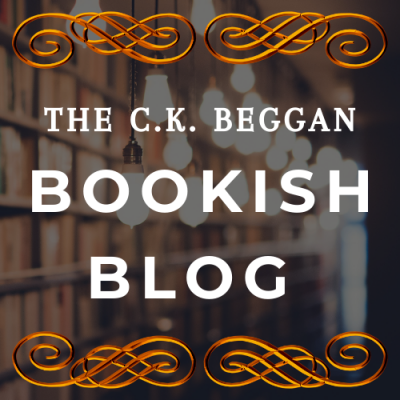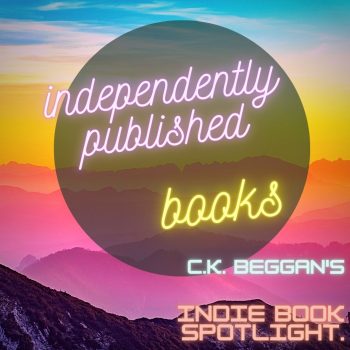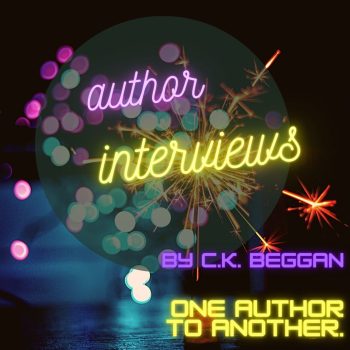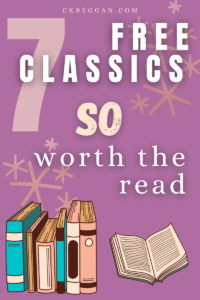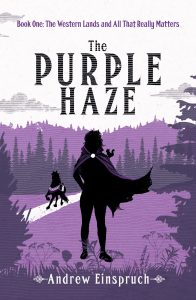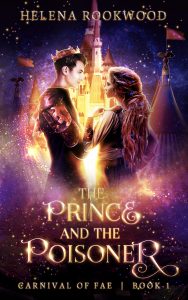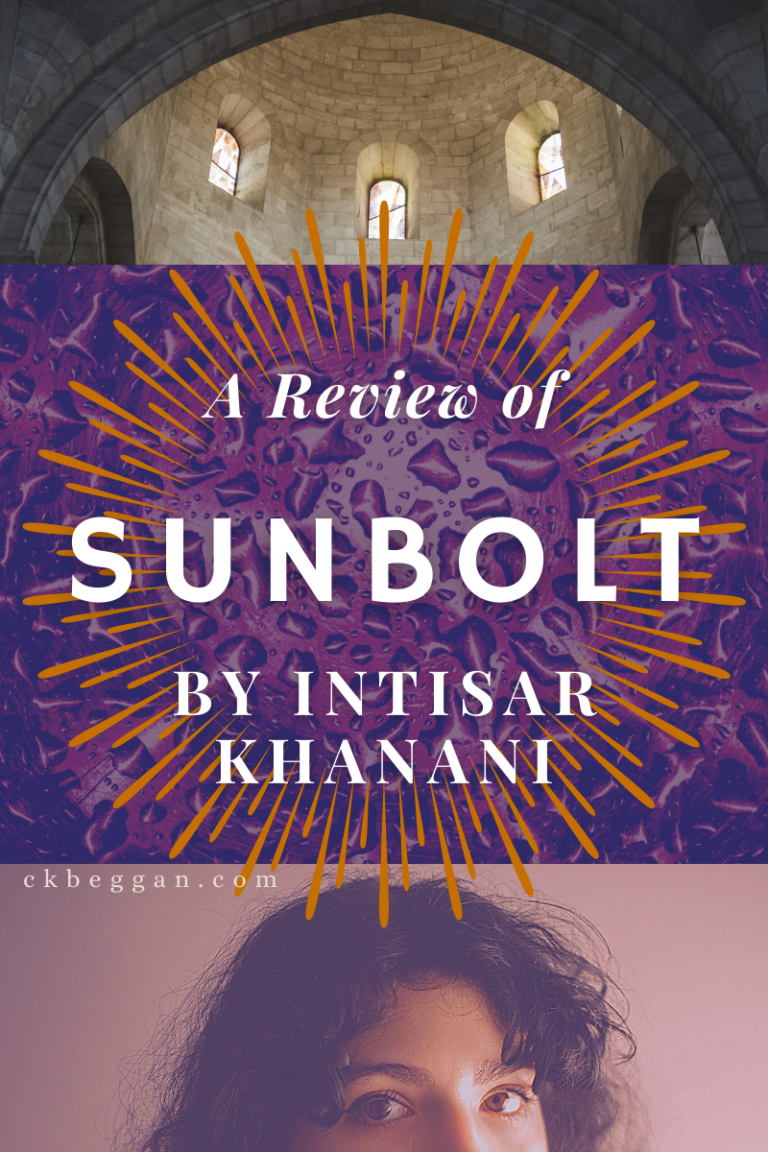It’s time for another…
Daughter of Shades, by Sylvia Mercedes (The Venatrix Chronicles Book One, 2019, YA Fantasy)
No book can be Sabriel. But fans of Garth Nix’s Abhorsen series may want to pick this one up.
Main character Ayleth is a fighter. She’s possessed by a shade, a wolf-like spirit named Laranta—and that happened on purpose. As a member of the Order of St. Evander, she shares her body with a magically, musically suppressed shade so she can battle other shades from the Haunts. But giving her shade a name, and even identifying Laranta as female, is forbidden by the Order. In fact, young Ayleth’s bordering on heresy.
Ayleth, like her shade, is still a bit feral. She works on instinct, even after years of training under her mistress in a woodsy outpost. But she’s incomplete in other ways, too: Ayleth has no memory of her life before she was joined by Laranta. She knocks on the door of those memories from time to time, but no dice.
What she really wants is a post of her own. She wants to get out of her tiny, safe-ish world. It’s a classic story with an intriguing twist, thanks to its fantastic world building.
Better than just romance: Ayleth finds rivalry and curse-breaking smooches along her speculative journey.
Daughter of Shades really gets moving around chapters six and seven. Ayleth’s story benefits from new, long-term characters, who bring out qualities other than those in her defiant-teen dynamic with her mistress. Her newly independent status also comes with a touch of romance—thankfully, not too much, thought it threatens to be at first. Poor Ayleth never sees men outside her work, and she’s more than a bit overly impressed. That portrayal is awkward, because she’s no starry-eyed damsel. I don’t think most readers would want her to be.
Fortunately, her story veers in a far better direction: a rivalry blossoms where a soapy romance might, and gives the story further layers.
There’s a fun nod to the Sleeping Beauty folktale in a type of curse, a unique magic system of different types of shades, magics and poisons, and pleasantly chilling settings. From a cursed forest to the unwatchable glimpses of the haunts, it has enough of a touch of horror to make a really good campfire tale, but still left me still able to sleep at night. (Yes, I’m that big of a scaredy cat.)
My one issue, which probably kept me from getting into the book sooner, is the way Daughter of Shades begins with the possessed body of a dog. It’s not for the squeamish or the animal lovers, but after the first few chapters that plotline is over. I did find it hard to read before that, and while the world interested me, I think the opener (which included a little bait and switch from Ayleth) held it back. The hardened venatrix she first appears as is an interesting gal, and it takes a while for the real Ayleth to catch up.
Ultimately, Daughter of Shades leaves readers with a lot to wonder about (not in a bad way), and the growing action in the last quarter or so of the book keeps the pages turning. Both things, combined with the unusual world-building, made it an easy call for me to keep reading The Venatrix Chronicles.
(And to be honest, I’ll be waiting to see how that romance comes along, too…but don’t spread that around.)
Sure, you can find better writing out there, but that’s no guarantee it can build interest and suspense like this book. Ayleth’s spirited adventures are worth tagging along for—and sometimes, a person just needs a good (slightly!) scary story, with or without the campfire.



